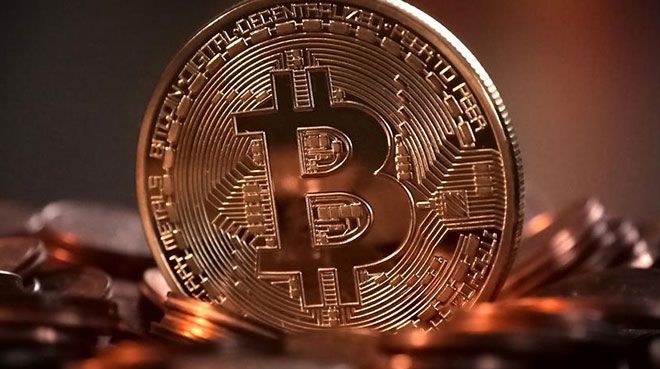BTC futures were first launched in December 2017, and their initial performance was at odds with the hype surrounding it. Market expectations varied from the sudden rise in the BTC spot price to boost liquidity in spot exchanges. However, the two most popular Bitcoin futures exchanges – CME and CBOE-have faced two different fates.
Before CME’s BTC futures began, Bitcoin‘s spot market price was expected to reflect optimism. As in the case of CBOE. Immediately after the launch event, the price rose from $13400 to $15400. The CBOE’s website shut down when futures began, but that was due to a spike in interest. Within an hour of CME’s release, Bitcoin’s spot price fell 5%.
A week, a month and a year later
The first day of the launch showed market fatigue, while a month later 1,500 contracts were traded daily.
A year later, in December 2019, the average daily volume rose above 4500.
By the end of 2019, it had surpassed 5,000. It’s about growth, but it’s slow. This can be attributed to price limits on derivative exchanges and a reference to unregulated exchanges for cash payments.
To control volatility, CME’s contracts are priced at a premium above the Bitcoin price. This is expected to minimize the negative impact of price fluctuations on the market, but often they reduce traders ‘ profits. In CME, cash-paid bitcoin futures contracts receive a reference price for Bitcoin from unregulated markets. With the price of Bitcoin rising on spot exchanges, derivatives traders can’t take advantage of it because of those limits. In addition, unregulated Bitcoin exchanges provide a reference price for the asset.
These exchanges are subject to market manipulation. A few examples of the wash trade came to light. These exchanges announce downtime and often experience downtime. This increases the unreliability of spot currency prices. In May 2020, Coinbase suffered a short outage, and the price of Bitcoin fell 10%. This is not the first example, as Coinbase experienced a similar outage when Bitcoin rose 15% to $8,900.
Despite such events, it is typical for Bitcoin futures to create excitement in spot exchanges. Many traders on spot exchanges who want to make a quick profit resort to panicking buy/sell transactions, causing sudden fluctuations in prices on unregulated exchanges. Futures are also popular for the optimism that brings new buyers to the market. If liquidity does not match demand, short-term fluctuation and price manipulation occur.
Amid uncertainty triggered by a decline in BTC futures volume on exchanges, Huobi Group‘s crypto derivatives market – Huobi Future launches BTC futures. The stock market will begin BTC futures on September 1, 2020. Will the stock market experience the hype surrounding it?




